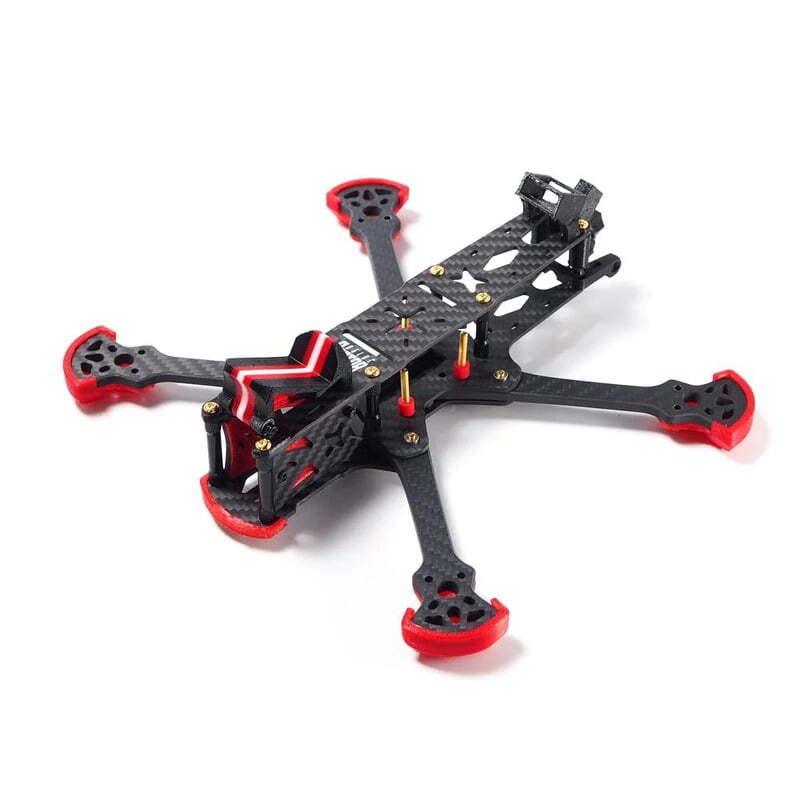Introduction:
In the world of drones, a new and exciting way of flying has captured the attention of hobbyists and professionals alike — FPV, or First-Person View. FPV flying allows drone pilots to see exactly what their drone sees, as if they were sitting right inside the cockpit. This immersive experience not only makes flying more thrilling but also offers unmatched precision for racing, filmmaking, and exploration.
Whether you’re a beginner just stepping into drone flying or an experienced pilot looking to upgrade your skills, understanding FPV is essential. In this guide, we’ll explore what FPV is, how it works, its components, types, benefits, and tips to get started safely.
What Is FPV?
FPV (First-Person View) is a flying method where the drone’s onboard camera transmits live video to the pilot in real time. This video feed is displayed through FPV goggles, a monitor, or even a smartphone screen. It allows the pilot to experience flight from the drone’s perspective — almost like being inside the aircraft itself.
Unlike traditional drone flying, where you rely on line-of-sight (watching the drone from the ground), FPV gives you full visual control of what the drone’s camera captures. This is why FPV is widely used in drone racing, aerial photography, and cinematic video production.
How Does FPV Work?
The FPV system has several important components that work together to provide live video transmission:
Camera – The FPV camera mounted on the drone captures real-time video from the drone’s point of view.
Video Transmitter (VTX) – It sends the camera’s video feed wirelessly to the ground receiver.
Antenna – Both the drone and the receiver use antennas to transmit and receive strong signals with minimal interference.
Video Receiver (VRX) – It receives the video signal from the drone and sends it to the pilot’s display device.
Display Device (Goggles or Monitor) – Pilots use FPV goggles or screens to view the live feed in real time, making it feel as if they are flying inside the drone.
Together, these parts form a seamless video link between the drone and the pilot. Some advanced FPV systems use digital transmission (like DJI FPV), offering clearer video and lower latency compared to traditional analog systems.
Types of FPV Systems:
1. Analog FPV Systems
Analog FPV systems have been around for a long time. They offer low latency, meaning the video feed reaches the pilot almost instantly. However, the image quality is not as sharp as digital systems, and interference can affect signal strength.
Analog FPV systems have been around for a long time. They offer low latency, meaning the video feed reaches the pilot almost instantly. However, the image quality is not as sharp as digital systems, and interference can affect signal strength.
2. Digital FPV Systems
Digital FPV systems, such as DJI FPV, provide high-definition video with greater clarity and stability. These systems are becoming popular among both professional and recreational drone pilots, though they can be slightly more expensive than analog setups.
Digital FPV systems, such as DJI FPV, provide high-definition video with greater clarity and stability. These systems are becoming popular among both professional and recreational drone pilots, though they can be slightly more expensive than analog setups.
Applications of FPV Drones:
- FPV Racing: One of the most exciting uses of FPV is in drone racing. Pilots race through obstacle-filled tracks at high speeds using FPV goggles, making it an adrenaline-filled sport.
- Cinematic Filmmaking: FPV drones are widely used in cinematography to capture smooth, dynamic, and close-up aerial shots that traditional drones can’t achieve.
- Exploration and Inspection: FPV drones are used to explore hard-to-reach areas such as tunnels, towers, and bridges, providing real-time visual data for maintenance and inspection.
- Training and Practice: FPV is also used by hobbyists to improve their piloting skills. It helps new flyers gain better control and coordination before moving on to advanced flying missions.
Advantages of FPV Flying:
- Immersive Experience:FPV flying makes you feel like you’re inside the drone, offering a thrilling and realistic experience.
- Better Control: Pilots can make more precise maneuvers since they see exactly what the drone sees.
- Improved Accuracy: For photography, racing, or exploration, FPV allows you to navigate tight spaces and capture better angles.
- Increased Creativity:FPV opens new possibilities for filmmaking and aerial storytelling by allowing dynamic, fast-paced shots.
Challenges and Limitations:
While FPV flying is exciting, it comes with a few challenges:
- Signal Interference: FPV systems can lose connection or experience lag, especially in areas with obstacles or interference.
- Battery Life: The additional FPV components can reduce drone flight time.
- Learning Curve: Controlling a drone in FPV mode takes practice, as it’s easy to lose orientation without a clear line of sight.
- Legal Restrictions: Some regions have specific regulations for FPV flying, such as the need for a visual observer or flight within a designated area.
Getting Started with FPV Drones:
If you’re a beginner and want to start FPV flying, here’s a quick guide:
- Choose the Right Drone: Start with a beginner-friendly FPV drone kit that’s easy to repair and handle. Many FPV drones come ready-to-fly (RTF) or bind-and-fly (BNF).
- Learn the Basics of Flight Control: Practice flying line-of-sight before switching to FPV mode. This helps you understand basic drone movements and control.
- Get FPV Goggles or a Monitor: FPV goggles offer the most immersive experience, while monitors are great for those who prefer a wider field of view.
- Check Regulations: Make sure FPV flying is allowed in your area. Follow local drone laws and maintain visual awareness.
- Practice in Open Areas: Start in open fields with minimal obstacles. Gradually improve your control and try new flight patterns as your confidence grows.
- Maintain Your Equipment: Regularly check your camera, VTX, and antennas for any damage. Proper maintenance ensures smooth video transmission and safe flying.
FPV Safety Tips:
FPV Safety Tips:
- Always fly in open areas away from people, buildings, and restricted zones.
- Keep your drone within visual range when required by law.
- Use fresh, fully charged batteries for both the drone and the FPV gear.
- Start slow and increase speed as you gain experience.
- Respect privacy and avoid flying over private property without permission.
Conclusion:
FPV (First-Person View) flying has transformed the way people experience drones. It brings an incredible mix of technology, creativity, and excitement to the skies. From high-speed racing to cinematic storytelling, FPV opens doors to new possibilities in both fun and professional flying.
As technology advances, FPV systems are becoming more accessible, more reliable, and easier to use. Whether you’re a beginner exploring your first FPV drone or an expert pilot seeking new challenges, FPV flying offers a world of adventure that’s waiting for you to take off and explore.

